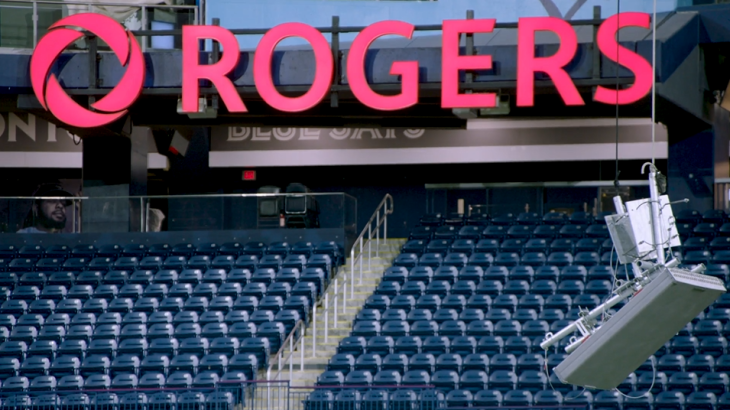
Rogers says CRTC does not need to “expand” inquiry
By Ahmad Hathout
Rogers has told the CRTC that a lightning strike could have been the reason why some calls in Niagara region were being misrouted to dead air or allowing customers to hear the conversations of others.
Rogers said the event on July 25, which triggered a CRTC inquiry after media reports, affected a “single voice path” on its traffic and trunk facilities and impacted the inbound and outbound calls between Rogers and Bell customers. The cableco said it is unable to identify the number of affected voice customers and calls, but that the issue was confined to its own facilities.
The cable giant said in its response to the CRTC inquiry that the trigger remains under investigation, but that “we note that a lightning strike was detected at the incident site, coinciding closely with the onset of the reported issue. This is being analyzed further as a possible cause.
“Our agents confirmed the issue to customers who called into Rogers Tech Support,” Rogers said in the response document. “Given this event was limited to a small subset of voice calls in the Niagara region, Rogers did not make direct communications to customers or create an update to rogers.com.”
Rogers said it has taken certain steps to prevent similar situations from happening, but those have been redacted. It did claim, however, that this issue occurred with Bell’s legacy time division multiplexing (TDM) circuit technology and that this type of thing does not occur with IP-based interconnections.
“With IP-based interconnections, transport failures no longer introduce the risk of crosstalk, not to mention other important advantages such as enhanced network redundancy, rapid trunk dimensioning, STIR SHAKEN, etc.,” Rogers said. “It is time for mandated migration to IP interconnections for all TSPs in Canada.”
Rogers added that this “was a minor and isolated issue that impacted just a very small number of customers (as indicated by the total number of complaints we received). We promptly rectified the problem on July 25th.”
But Bell alleges Rogers is misrepresenting the problem, claiming it was broader than the cable company is letting on. For one, Rogers does not say that its own landline customers were affected, but the telco claims some were.
“In reality, both inbound and outbound calls between Bell Canada (Bell) wireline customers and Rogers wireless and wireline customers were exposed, and the issue spanned multiple trunk groups,” Bell said in its response on Monday.
“This is supported by our inbound and outbound call data from the impacted trunk groups, as well as complaints from Bell customers who reported problems on both Bell-to-Rogers and Rogers-to-Bell calls which traversed the affected trunks,” it added. “Moreover, on 25 July 2025, Rogers specifically requested that Bell reroute Bell-to-Rogers calling traffic off the affected trunk groups, further confirming the bidirectional nature and broader scope of the issue.”
The telco said it is “misleading” that Rogers is pointing the finger at Bell’s legacy technology when the fault was isolated to Rogers’s own infrastructure. “It is Rogers’ responsibility to properly connect to Bell’s TDM access network and ensure cross-talk does not happen,” it said.
Rogers did not respond to a request for comment on these claims. It said in a supplement on August 19 that, because this was a small issue that was addressed quickly, the CRTC does not need to “expand or further formalize the inquiry into the network event.”
But the Canadian Internet Society, which asked for an extension of time to comment on the issue, disagrees.
“This incident—where calls were misrouted and private conversations overheard—is of significant public interest,” Matthew Gamble, the society’s vice chair, said in a letter to the commission. “Ensuring accountability and maintaining public confidence in Canada’s telecommunications networks requires a full and formal inquiry, rather than a summary dismissal of the matter as ‘minor and isolated.’”



